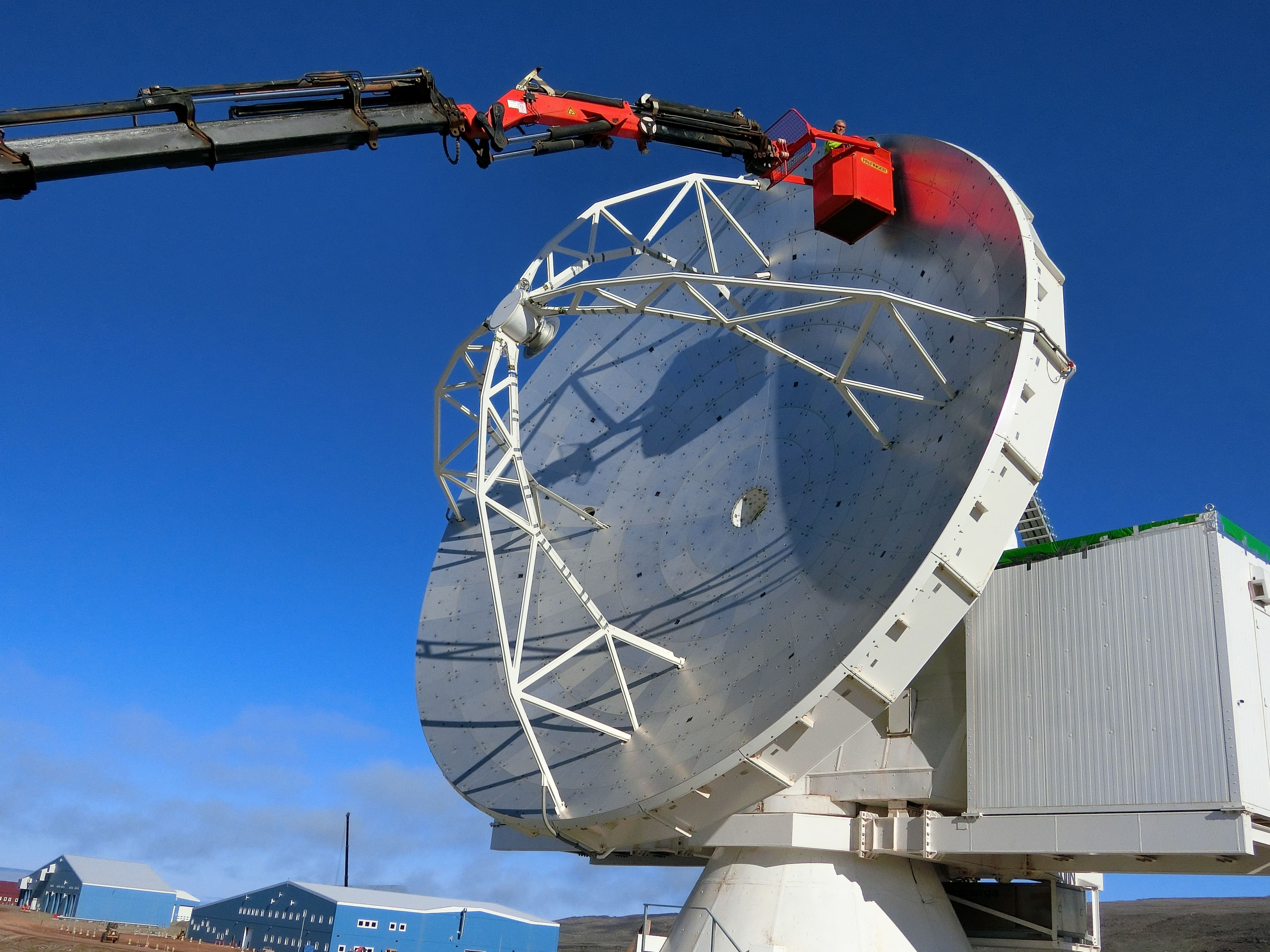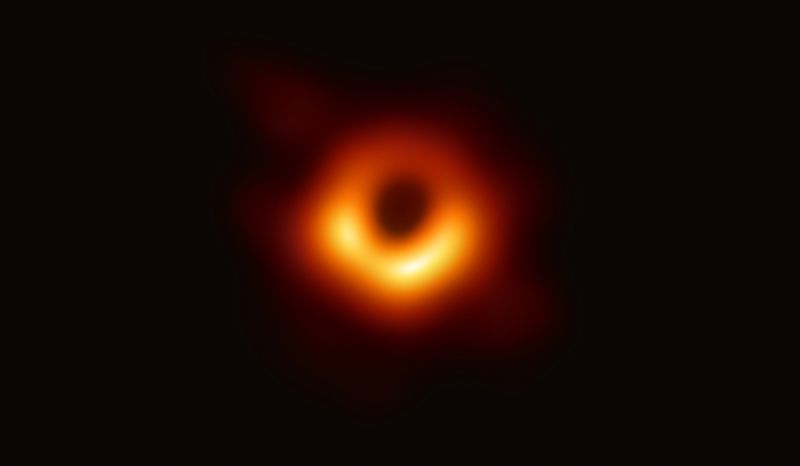
Greenland Telescope - Black Hole Observation Project
Taiwanese dominance
The behind-the-scenes hero of the GLT project is He Zengpu, who has just won the Humboldt Research Award in Germany. He once served as the director of the Preparatory Office and the first director of the Academia Sinica Institute of Astronomy. He emphasized that Taiwan is also capable of proposing important astronomical projects and competing with international teams, not limited to participating roles: "I hope that some of them can be promoted by Taiwan to lead , Those who start it don’t have to follow in other people’s footsteps.”
In addition to the GLT, the ongoing projects of the Academia Sinica Institute of Astronomy also include the occultation project (TAOS/TAOS II), the Li Yuanzhe Cosmic Background Radiation Array (AMiBA), etc. He Zengpu, who pays special attention to the development of cutting-edge astronomical observation instruments, imagines that one day he can place artificial satellites on the outer periphery of the earth's orbit or near the moon, and extend the baseline to observe gravitational waves and black hole phenomena.
Straight into the shadow of a black hole
At present, the most massive black hole known in the universe is about tens of billions of solar masses, which is as big as the solar system. There are two known supermassive black holes large enough to be resolved using submillimeter-band VLBI. One is located in the southern celestial sphere, which is SgrA* at the center of the Milky Way, and the other is located in the northern celestial sphere, which is the core of the M87 galaxy. Restricted by geographical location, observatories in the southern hemisphere are more suitable for viewing celestial bodies in the southern celestial sphere; conversely, observatories in the northern hemisphere are more suitable for viewing celestial bodies in the northern celestial sphere. Since the center of the Milky Way is located in the southern celestial sphere, in addition to the Antarctic Telescope, there are also many international observatories located in Chile for observation. Compared with the "many people" in the south, GLT is the first major telescope facility to be located in the North Pole. The goal of the GLT is to obtain the image of the shadow of the supermassive black hole in the center of the M87 nucleus, to obtain direct evidence of the existence of the black hole, and to provide the function of a single-dish telescope in the Tera-hertz frequency band.
Source: Author: Wu Jingwen https://www.natgeomedia.com/environment/article/content-5032.html
We will serve you wholeheartedly.


